Hi there, pet lovers! 🕷️
For many, the idea of keeping a tarantula as a pet might seem intimidating—but the Mexican Redknee Tarantula (Brachypelma hamorii) is one of the most beloved species in the hobby. Known for its striking colors, docile nature, and long lifespan, this spider has captivated enthusiasts for decades.
But is the Mexican Redknee the right pet for you? In this detailed review, we’ll explore everything from temperament and care requirements to costs and availability, helping you decide if this stunning arachnid deserves a spot in your home.
Overview
The Mexican Redknee Tarantula is a large, slow-moving, and visually striking spider native to the scrublands and deserts of Mexico. Here’s a quick summary of what makes it stand out:
- Handling and Temperament: Generally docile but not ideal for frequent handling.
- Care and Maintenance: Low-maintenance with simple habitat needs.
- Health and Durability: Hardy and long-lived with proper care.
- Availability: Commonly found through breeders and expos.
- Cost: Moderate initial investment, affordable long-term upkeep.
Overall: A fantastic choice for beginner and experienced keepers who appreciate a calm, visually impressive pet spider.
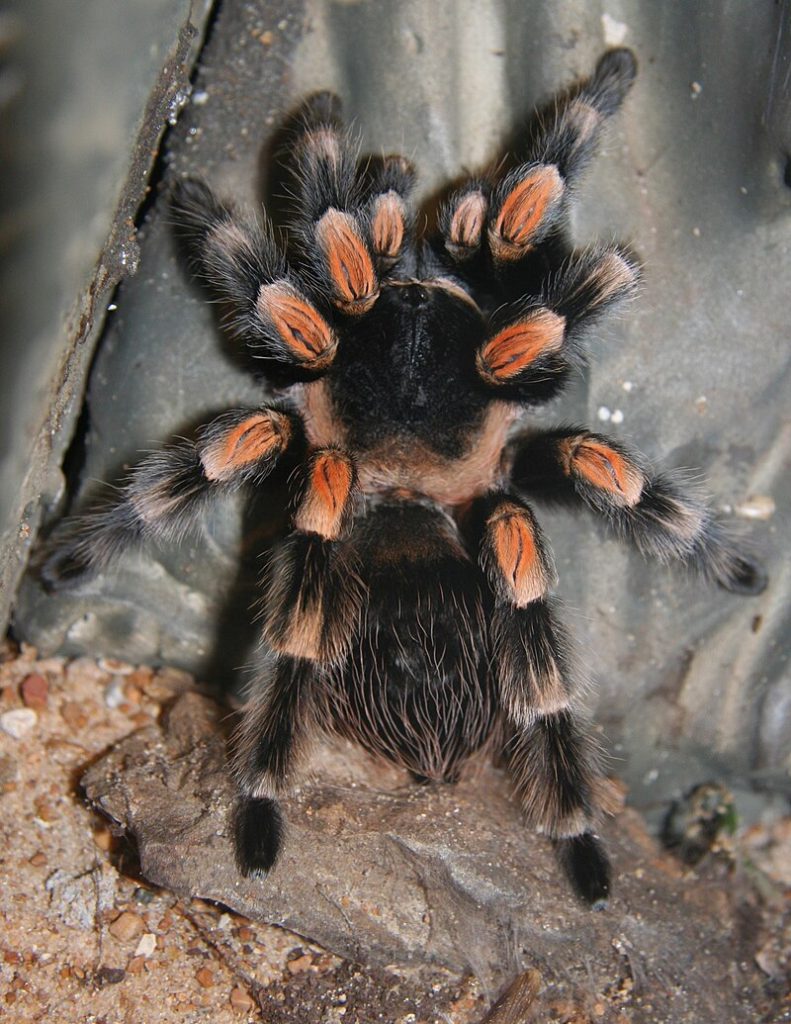
Why Choose a Mexican Redknee Tarantula?
Mexican Redknee Tarantulas are ideal for those who want a low-maintenance yet fascinating pet. Unlike mammals or reptiles, they don’t require daily feeding, social interaction, or large enclosures. Their slow movements, vivid colors, and long lifespan (20+ years) make them a rewarding pet for patient keepers.
However, they’re not for everyone—handling should be minimal, and they’re best suited for observational enjoyment rather than interactive companionship.
Handling and Temperament
Mexican Redknee Tarantulas are one of the most docile tarantula species, making them a favorite among beginners. However, they are still wild animals with natural defense mechanisms.
Personality Traits
- Calm and Slow-Moving: Unlike fast, skittish species, Redknees tend to be relaxed and deliberate in their movements.
- Defensive When Provoked: If threatened, they may flick urticating hairs (tiny, irritating bristles) or, rarely, bite.
- Not a “Hands-On” Pet: While some tolerate brief handling, stress and falls can be dangerous for them.
Handling Tips (If Necessary)
- Avoid unnecessary handling to prevent stress.
- Never hold them high up—falls can be fatal due to their fragile abdomens.
- Watch for warning signs: If the spider rears up or flicks hairs, give it space.
Biting and Venom
- Bites are rare and usually happen only if the spider feels trapped.
- Their venom is mild (comparable to a bee sting), but the mechanical damage from their fangs can be painful.
- Urticating hairs are a bigger concern—they can cause itching, rashes, or eye irritation.
Care and Maintenance
One of the biggest advantages of keeping a Mexican Redknee is their low-maintenance care requirements.
Enclosure Setup
- Tank Size: A 10-20 gallon terrarium is ideal for an adult.
- Substrate: Coconut fiber or peat moss (4-6 inches deep) for burrowing.
- Hides: Provide cork bark or half-logs for shelter.
- Water Dish: A shallow dish with fresh water should always be available.
Humidity and Temperature
- Temperature: 70-80°F (21-27°C)—room temperature is usually fine, but a small heat mat can help in colder climates.
- Humidity: 50-70%, maintained by lightly misting the enclosure occasionally.
Feeding
- Diet: Live insects (crickets, roaches, mealworms) once or twice a week.
- Portion Size: 1-2 appropriately sized prey items per feeding.
- Fasting Before Molting: They may refuse food for weeks before shedding.
Lighting
- No special lighting needed—indirect natural light or low ambient light is sufficient.
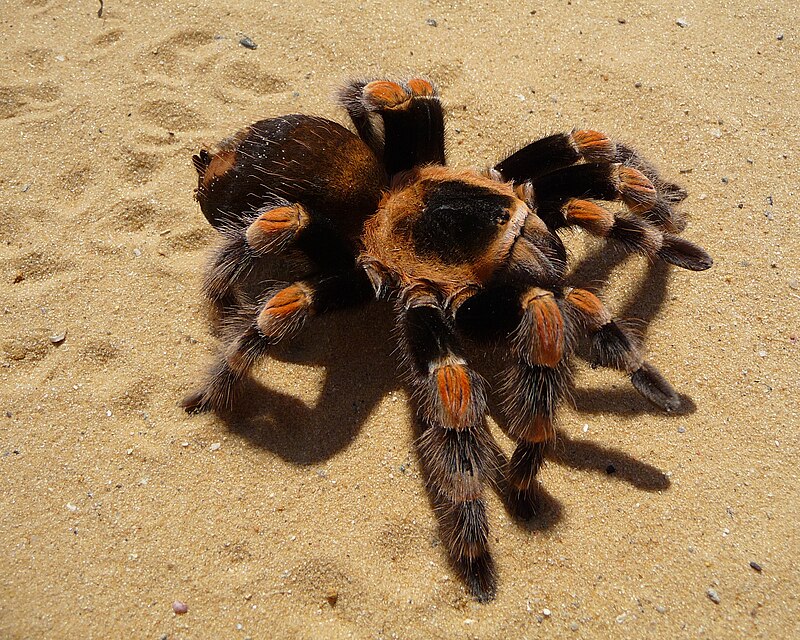
Health and Durability
Mexican Redknees are hardy and long-lived, but they still require proper care to thrive.
Common Health Issues
- Dehydration: Ensure fresh water is always available.
- Molting Problems: Low humidity can cause stuck shed.
- Injuries from Falls: Avoid tall enclosures without secure lids.
Preventative Care
- Maintain stable humidity and temperature.
- Avoid overfeeding (obesity can shorten lifespan).
- Minimize stress (limit handling, loud noises, and vibrations).
With good care, they can live 20-30 years, making them a long-term commitment.
Availability and Cost
Where to Buy
- Reputable Breeders (Best option for healthy, captive-bred specimens).
- Reptile Expos (Great for seeing multiple options in person).
- Specialty Pet Stores (Less ideal, but some carry them).
Cost Breakdown
- Spider: $100 to $300 depending on age and coloration.
- Enclosure Setup: $100 to $200 (tank, substrate, hides, etc.).
- Ongoing Costs: Minimal (just food and occasional substrate changes).
Pros and Cons
Pros
✔ Stunning appearance with bold red/orange knees.
✔ Docile temperament (for a tarantula).
✔ Low-maintenance care compared to many pets.
✔ Long lifespan (20+ years with proper care).
Cons
✖ Not ideal for handling (stressful for the spider).
✖ Urticating hairs can cause irritation.
✖ Requires live insect feedings.
✖ Initial cost can be high for rare morphs.

Final Thoughts
The Mexican Redknee Tarantula is a fantastic choice for those who want a unique, low-maintenance pet that’s more about observation than interaction. Their striking colors, calm demeanor, and ease of care make them a standout species in the tarantula-keeping world.
If you’re considering one, we recommend buying from a reputable breeder to ensure a healthy, well-started spider. With proper care, this magnificent arachnid can be a captivating part of your life for decades.
Have you kept a Mexican Redknee before? Share your experiences in the comments!
For more exotic pet guides and care tips, stay tuned—and don’t forget to subscribe for updates! 🕷️

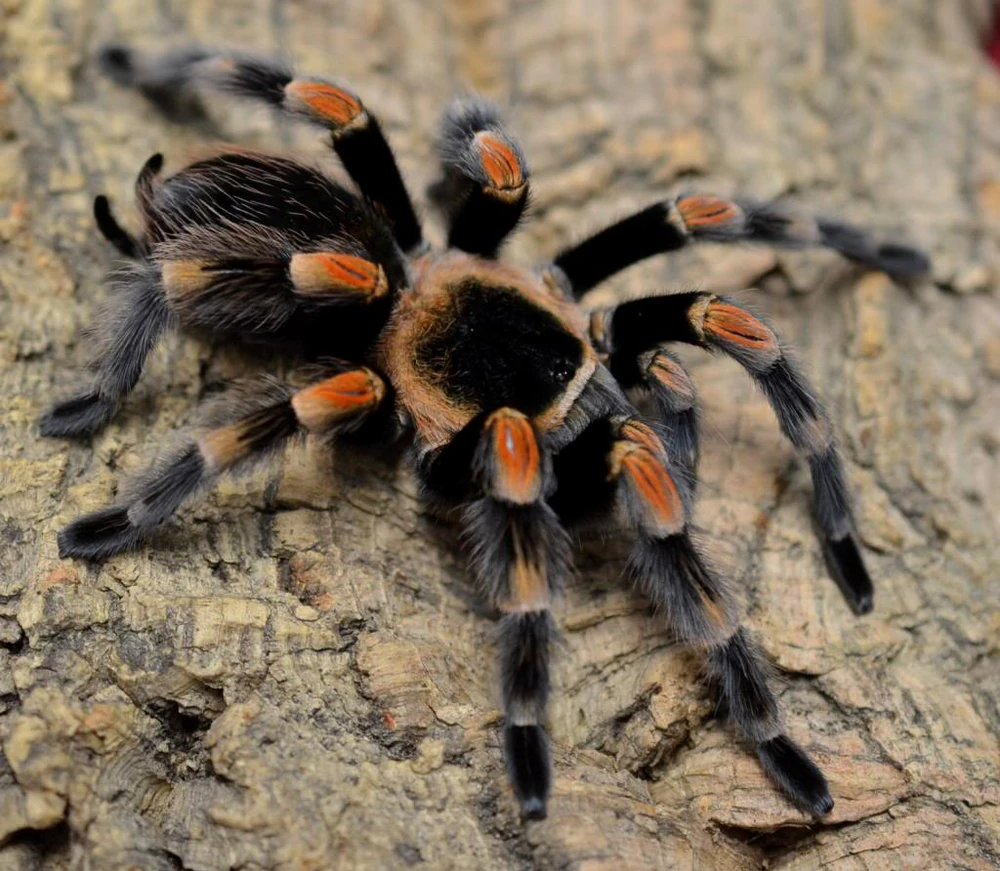

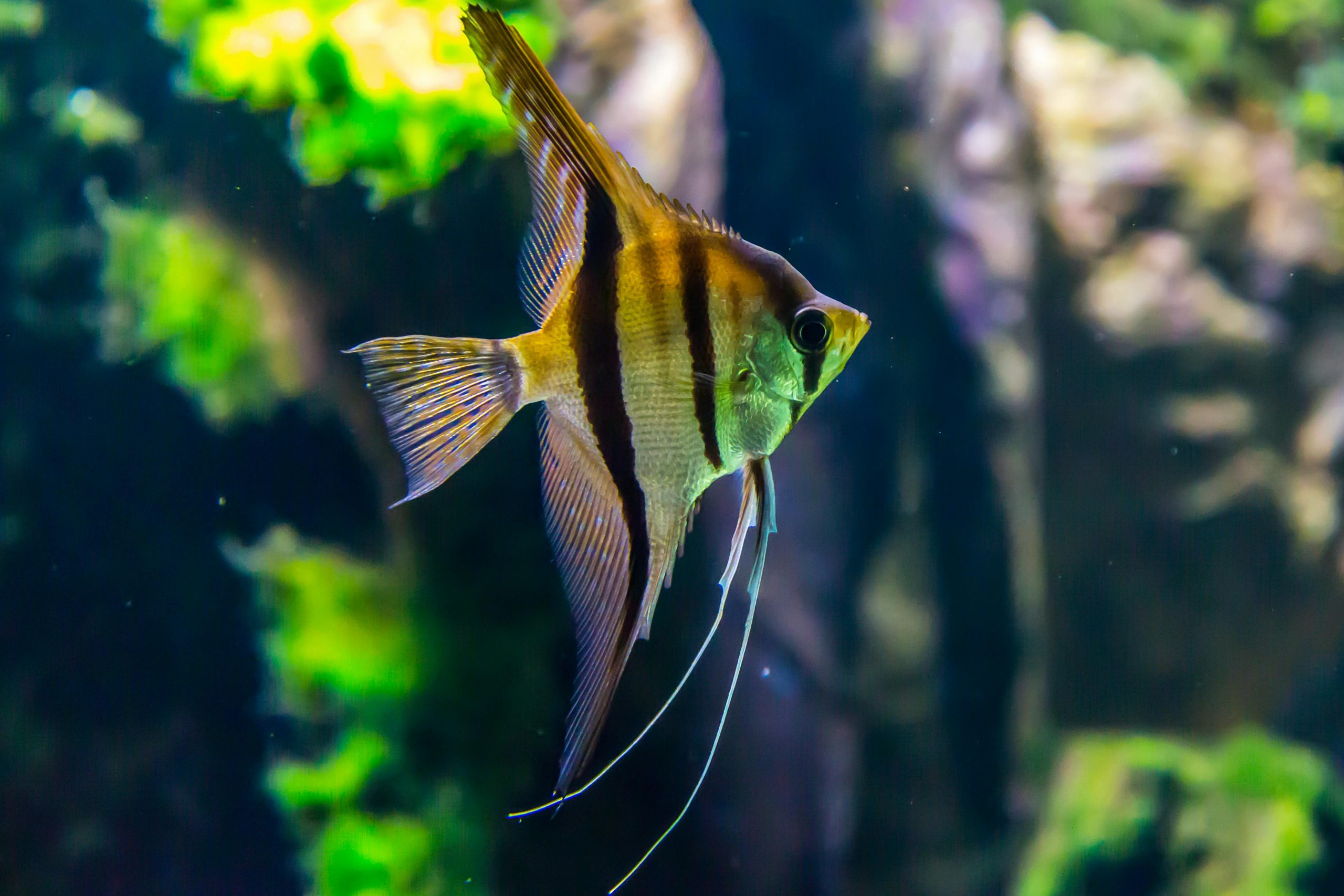
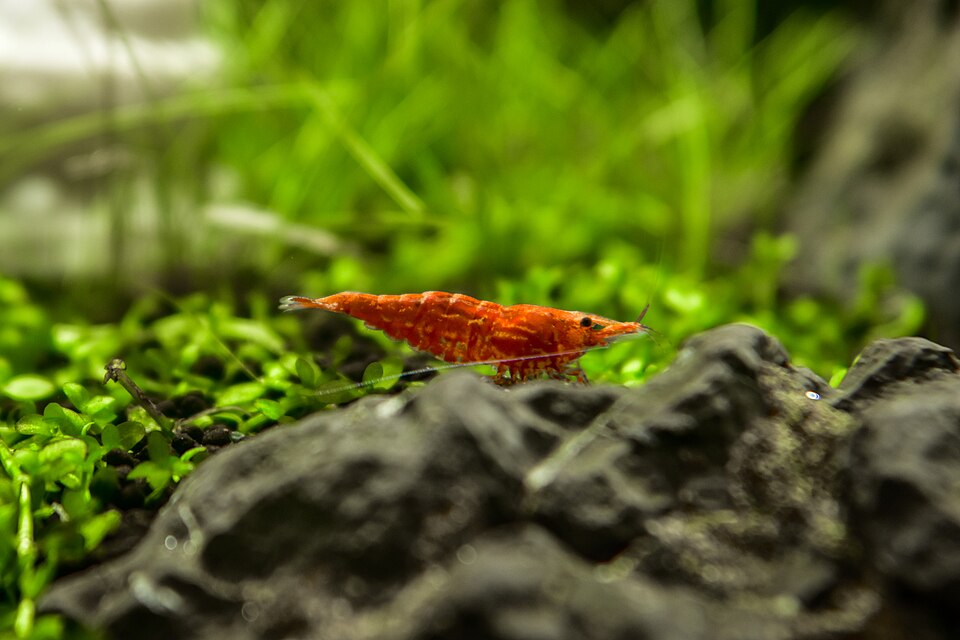


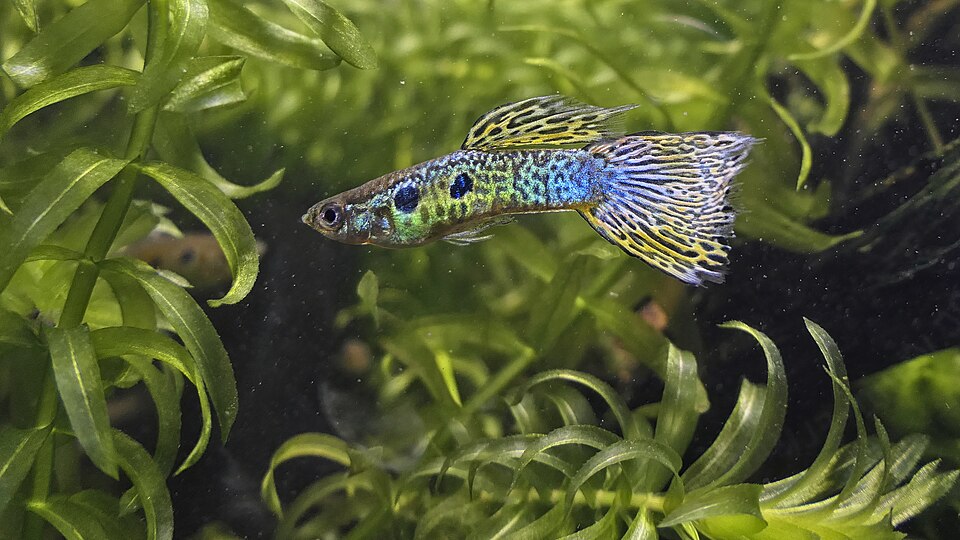
Leave a Reply